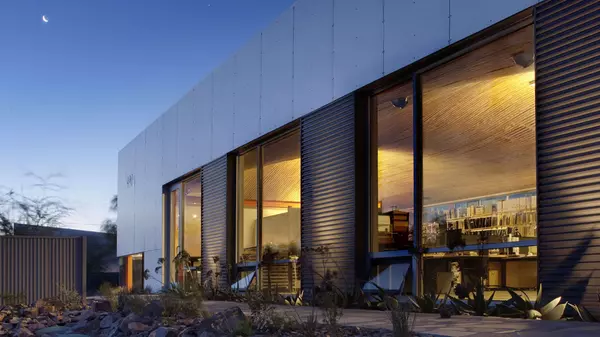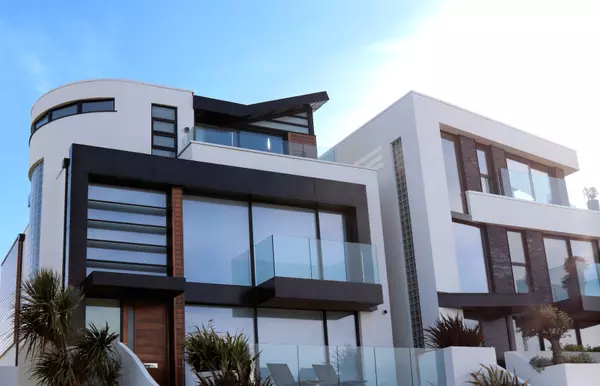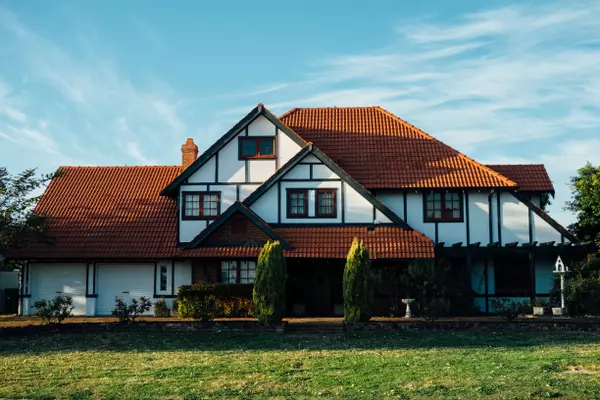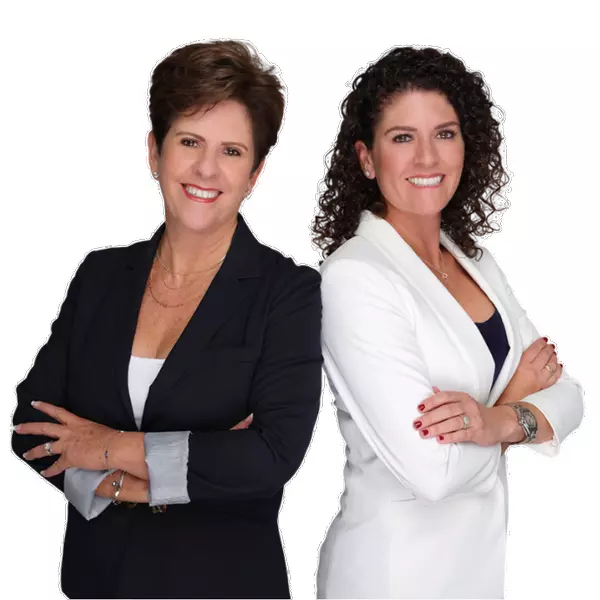Young renters get leg up over homeowners in power struggle to become neighborhood voice for Hillcrest
SAN DIEGO — A group of mostly young renters is one step closer to ousting a group of mostly older homeowners as San Diego’s officially designated community voice for Hillcrest, University Heights, Bankers Hill and nearby areas.
In a similar power struggle in La Jolla, a group of mostly older homeowners appears to have staved off an attempted ouster by a rival group made up of mostly younger renters.
A key City Council committee voted 4-0 last week to support the young renters in the Hillcrest area, but the older homeowners in La Jolla. Both decisions must be finalized by the full council in May.
The power struggles are the result of San Diego’s sweeping, two-year effort to make neighborhood planning groups better organized and more diverse.
The rival groups are asking the city to let them replace the existing neighborhood planning groups, arguing they match the local demographics better and would be more effective leaders.
The existing groups, which both want to continue leading those neighborhoods, submitted proposals this winter to boost the diversity of their membership and become more relevant to their communities.
In Hillcrest, the rival group is Vibrant Uptown and the existing group is Uptown Planners. Both contain the name “Uptown” because that’s how the city describes Hillcrest and the surrounding neighborhoods.
In La Jolla, the rival group is the La Jolla Community Planning Group and the existing group is the La Jolla Community Planning Association.
City officials say the reforms aim to boost the professionalism and diversity of neighborhood groups, which have faced backlash in recent years for frequently opposing ambitious projects and policies.
The goal is to diversify the groups, which are typically made up of more older White homeowners than the neighborhoods they represent, by bringing in more renters, people of color and young people.
But some critics call the reforms a power grab by city officials and developers who want to limit neighborhood input on controversial projects, especially high-rise projects the city hopes can help solve the local housing crisis.
Those critics contend the city wants to replace neighborhood groups it sees as obstructionist with groups that are more supportive of dense developments.
Councilmember Stephen Whitburn, whose district includes Hillcrest, said he opted for the rival group because it would shift from mostly at-large seats to guaranteeing each neighborhood within Uptown at least two seats — one each for a renter and property owner.
“The Uptown planning area consists of several neighborhoods, each with its own dynamic,” Whitburn said during Thursday’s meeting of the Land Use and Housing Committee. “I think it’s important to ensure each of these neighborhoods has a voice. Giving every neighborhood a guaranteed voice is more representative and more democratic.”
Ben Nichols, leader of the Hillcrest Business Association, said guaranteeing seats to each area will boost diversity now and in the future.
“Oftentimes, Hillcrest candidates get swamped by a large voting block from another neighborhood,” he said.
Marc Johnson, a community leader in University Heights, called the move undemocratic. He also stressed that the rivalry is nothing new.
It began in 2019 when a group of pro-growth residents took over the current Uptown group by winning several seats on its board. But slow-growth supporters struck back in the 2021 election and solidified their power in 2023.
“Rather than participate in an open, free and fair democratic process and win support for their agenda, they are attempting to usurp the community voice and replace it with their unpopular ideas,” Johnson said of Vibrant Uptown.
The strongest argument in favor of the rival Uptown group is that its age demographics match better with Uptown overall, where a large share of the population is between age 40 and 49.
A large share of the existing group, about 36 percent, are between age 70 and 79. The majority of the rival group is between ages 30 and 39.
The rival group has seven renters and only four homeowners, while the existing group has three renters and nine homeowners. Both groups are far less ethnically diverse than the community at large.
Income level appears to favor the existing group. More than 50 percent of the existing group falls in the income range of $75,000 to $124,000, while 42 percent of the rival group’s members fall into the category of $200,000 or more.
Those statistics don’t reflect any changes since the two groups submitted their proposals to the city this winter.
In the La Jolla power struggle, reforms proposed by the existing group played a key role in the committee’s decision.
Councilmember Joe LaCava, whose district includes La Jolla, said he believes members of the rival group will have a much easier time getting elected to the board of the neighborhood group since the revisions.
“The individuals in the competing application may have had a difficult time getting elected under the old rules, but under the new rules the election landscape is wide open,” he said.
The rival group has much more diverse members than the existing group, which is made up of 15 property owners and three business owners. The rival group has three renters, three homeowners, two business owners, one property owner and one youth representative.
The rival group is also more ethnically diverse than the existing group, which has no Hispanic, Black or Asian members. But both groups skew high income, with about 70 percent of each making more than $200,000 a year.
Half of the rival group is under age 50, while the existing group has no members under 50.
Those statistics don’t reflect any changes since the two groups submitted their proposals to the city this winter.
Suzanne Baracchini, a leader of the rival group in La Jolla, said her group is clearly more representative.
“Their limited outreach and stagnant boards have persisted for decades, fostering an exclusive environment,” Baracchini said. “Our slate includes residents, alongside Town Council, village merchants and parks and beaches leaders. Our aim is to unite the fragmented groups of La Jolla through our planning group and present a unified voice to the city.”
If the council chooses a rival group in either Hillcrest or La Jolla in its final vote in May, that group would have to stand for election within 90 days.
Other changes coming under neighborhood group reform are the merger of the Scripps Ranch and Miramar Ranch North groups and the University Community Planning Group in University City being allowed to increase its number of members to 21 so it can include UC San Diego students.
Categories
Recent Posts










GET MORE INFORMATION


